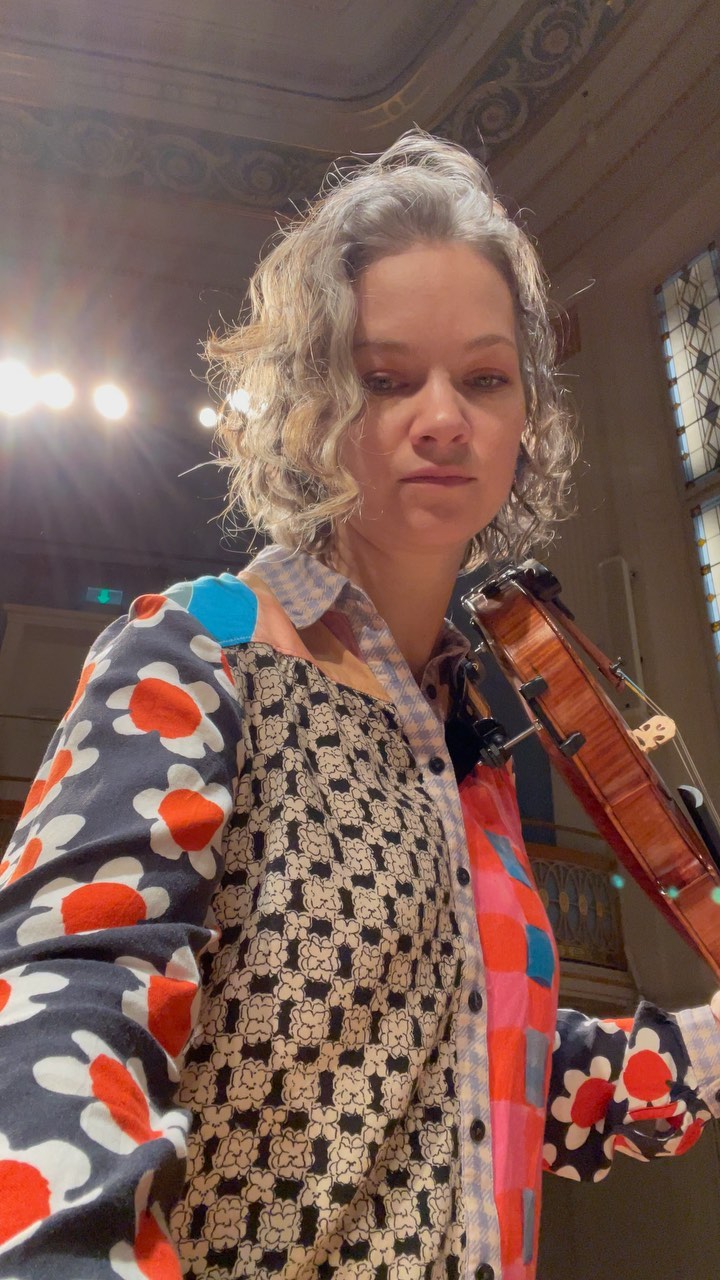New research: Adrenaline is ‘not good for many musicians’
mainResearch summary:
Do you thrive on adrenaline – or crumple?
Why do some performers thrive on adrenaline whilst others crumple? New research suggests that it’s to do with the performer’s behaviour: increased adrenaline sees the thrivers open their arms ready for action, while the crumplers close them up in fear.
Scientists from the University of Birmingham dotted the left arms of performing cellists with tiny reflective discs, so that motion-capture cameras could monitor the angles of their left elbows as they played. Special ear-clips simultaneously measured their heart rate, so indicating their adrenaline level.
The data showed that all 24 cellists had much higher heart rates when performing in public compared with when performing alone. But different players displayed different behaviour during this adrenaline rush, according to how anxious they felt.
The faster the non-anxious players’ hearts beat the more open were their elbows. They were adrenaline thrivers, and the more open elbows better enabled them to reach high notes in the music they were playing. In contrast, the faster the anxious players’ hearts were beating the more closed their elbows became – they crumpled under adrenaline.
These findings back up the idea that an adrenaline-charged performer is not necessarily experiencing stage fright – for those who thrive on adrenaline it’s quite the opposite.
Writing in Frontiers Psychology the researchers suggest that stage-induced adrenaline symptoms like racing heart and sweaty palms should be termed ‘performance arousal’, arousal which in some is associated with the performance taking flight. It is only when performance arousal is accompanied by elements of frightened behaviour, such as closing up elbows in arm withdrawal, and the experience of dread that high adrenaline levels are a symptom of stage fright, they claim.
Co-author Alan Wing says: “This study is important in exploring the nature of performance anxiety using advanced analysis techniques in a realistic musical context. Future research should seek to generalize the findings, for example, to other instruments.”
Co-author Adrian Bradbury adds: “We would also be interested to see if these behavioural findings are replicated in other disciplines, for example sport. And it would be fascinating to judge performance anxiety therapies by testing their success rates using this motion-capture technology.”

“This excerpt (without sound) is a representation of data collected during the performance of one of the participants. The ball top left represents sweat levels (galvanic skin response) – the redder the ball the more sweat on the fingers of the cellist. The red box top right represents the participant’s Heart Rate. The skeleton is a reconstruction of the cellist’s movements as detected by the motion capture technology. The music the participant was playing is shown bottom right.”





Here is a link to a graphic that works:
https://m.youtube.com/watch?v=m7e7F9Wp6ZY